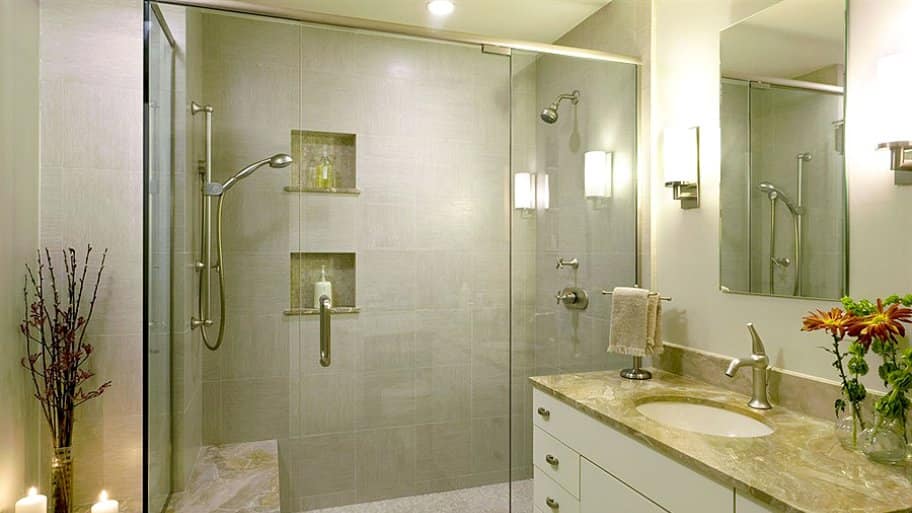Bathroom Remodeling

The first step to planning a bathroom remodel is evaluating the existing space. If you’re planning on updating or renovating an existing bathroom, what would you like to see improved? Do you want to update the look of the bathroom by changing details like lighting and mirrors, or are you interested in a major overhaul? Answering these question will help give you a clearer idea of what you want the finished product to look like.
Make comparisons
Whether a bathroom remodel pays off in terms of improved resale value often depends on what comparable homes in your neighborhood feature in their bathrooms. For example, if every home in the neighborhood features just one bathroom, you could improve your home’s sales appeal by adding a second bathroom where one previously didn’t exist.
Think about your future plans
Much of what you decide to take on during your bathroom renovation work should depend on your future plans. If you plan on moving out of your home in the next five to seven years, a modest project that updates that bathroom for mainstream tastes may be a better option. If you plan on staying in the home for more than decade or for the rest of your life, building the custom bathroom of your dreams can make more sense.
Create a budget
Bathroom remodels are expensive, so make sure you spend wisely. Take an objective look at your budget and take a realistic approach about what you can afford. Invest in high quality workmanship and high quality materials. Don’t skimp on items like the faucet, sink or toilet, for example, because this is a highly utilized area and you want things that are going to hold up. Cheapest isn’t always best.
If you’re trying to do your bathroom on a budget, consider choosing just a couple of elements to remodel. Maybe you keep the floor but change out the sink to meet your budget.
Another good idea when creating a bathroom renovation budget: accounting for unexpected repairs. In any remodeling project, it’s a good idea to pad your budget with about 10 to 20 percent more money than you need for unforeseen problems that may be uncovered when work starts. This is especially true with bathroom remodels.
Even a small leak from a feature like a toilet or a shower can cause large amounts of damage that can go unnoticed until floor or wall coverings are removed during a remodeling project. It's often essential to the home and the homeowner's health that water-damaged or moldy structural elements such as the framing or subfloor be repaired prior to covering it again during the renovation process.
Other typical unforeseen problems can include out-of-date, inadequate or unsafe wiring or plumbing systems. An experienced bathroom remodeling contractor may be able to anticipate the possibility of these types of repairs, but it's usually impossible to know what's lurking beneath the surface until you look.
Original article and pictures take https://www.angieslist.com/research/bathroom-remodeling/ site
Комментарии
Отправить комментарий